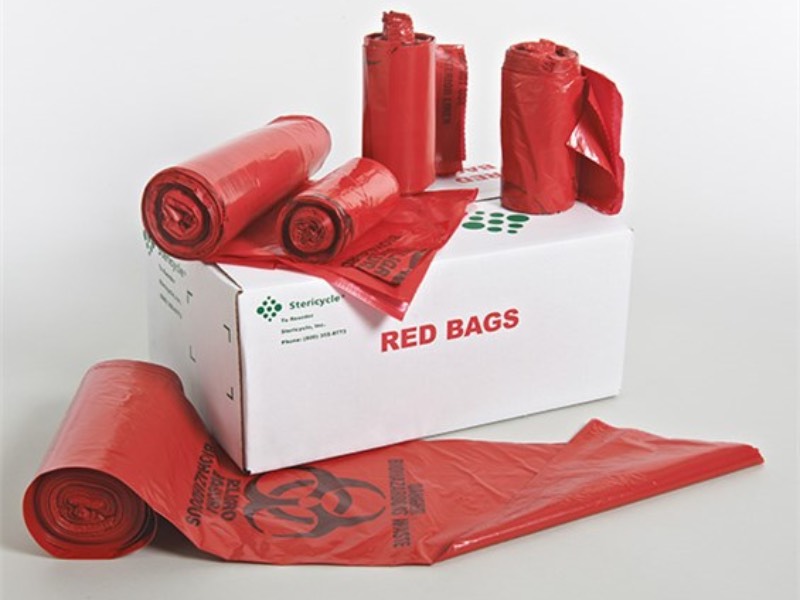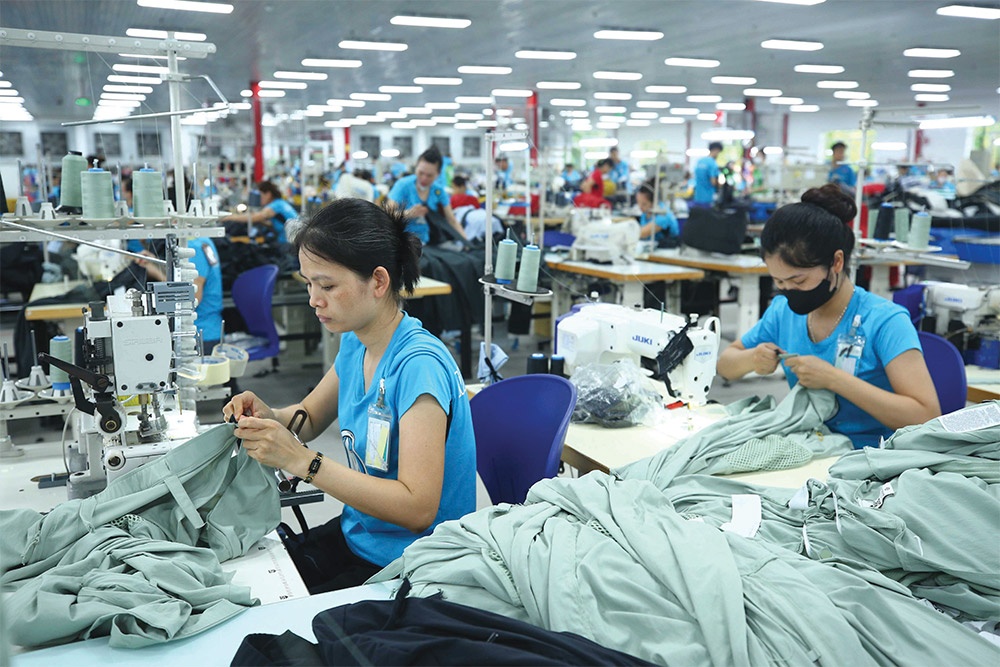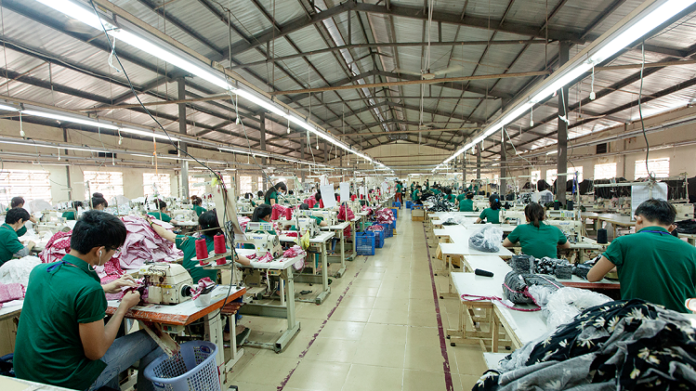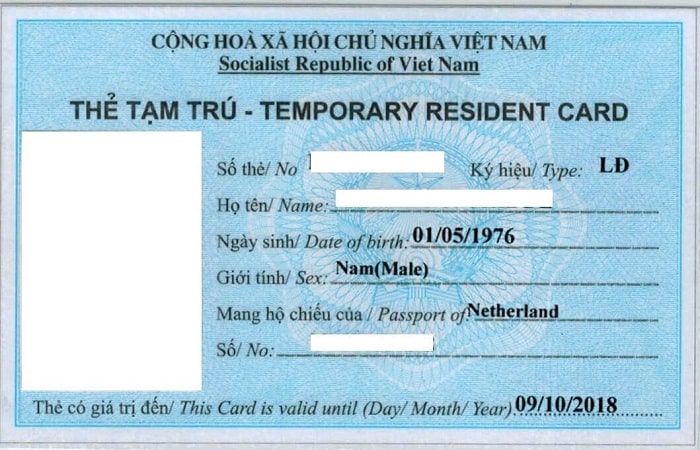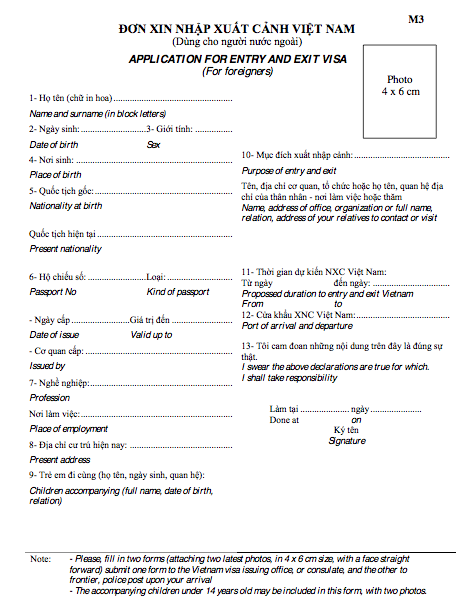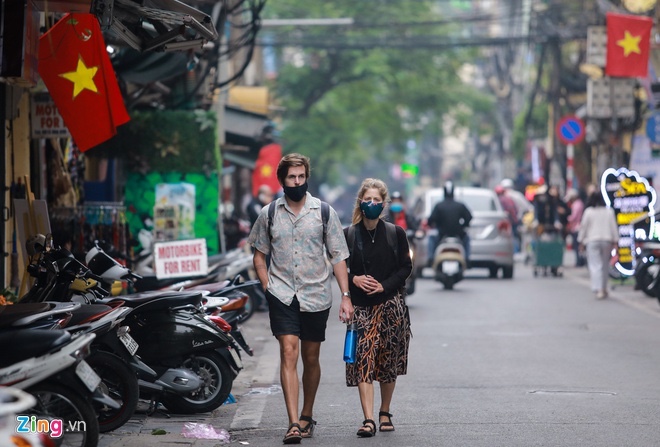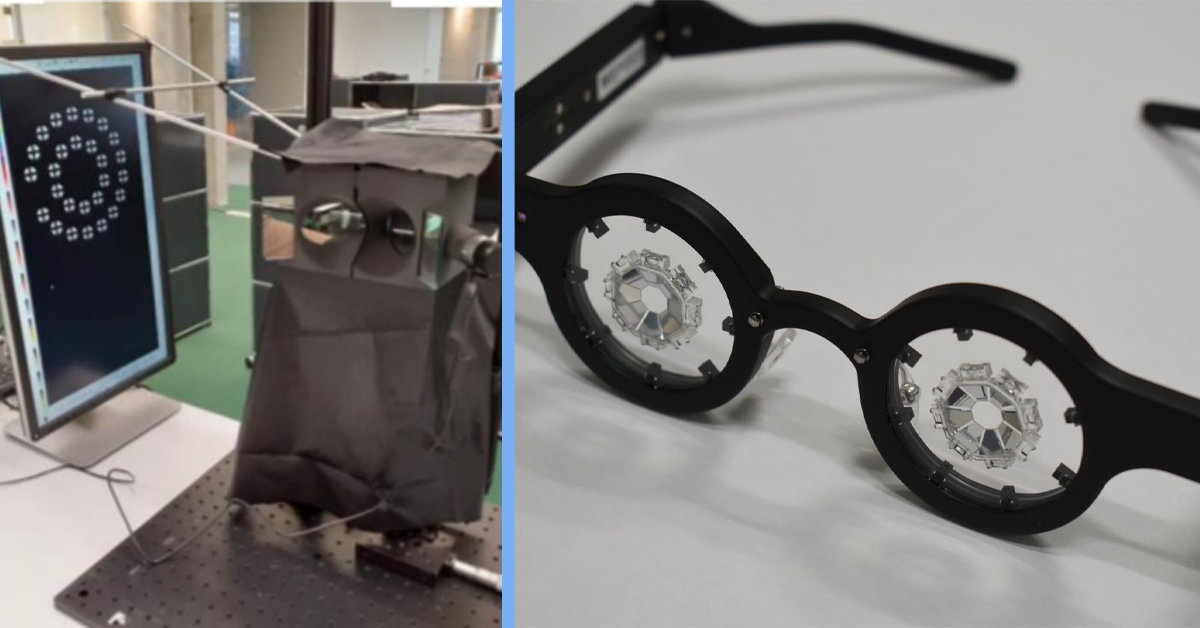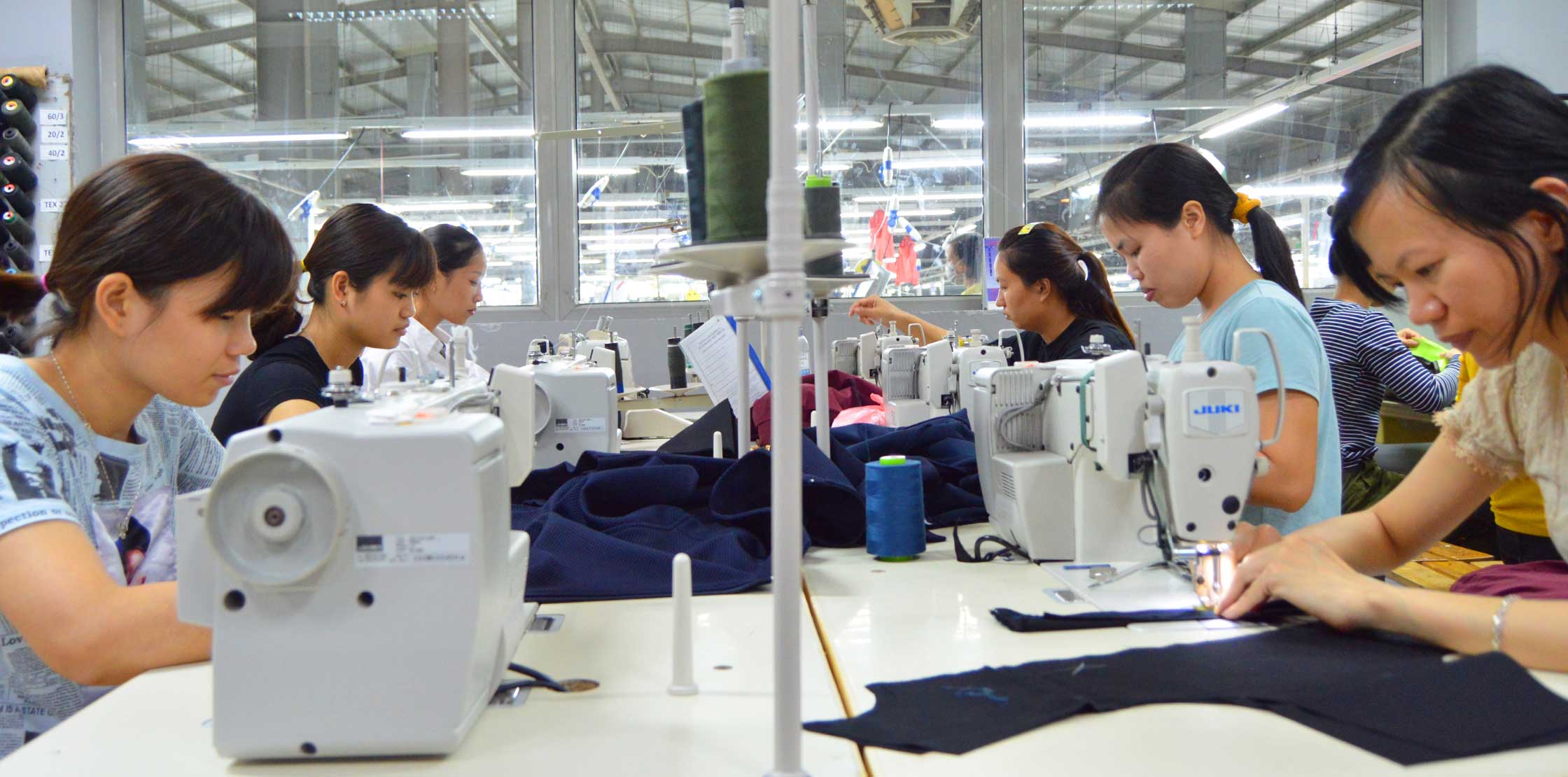Thygesen’s Protective Fabric Mask – How To Choose And Use A Mask During The Coronavirus Pandemic . Since the Centers for Disease Control and Prevention has recommended cloth face coverings for the general public, many have relied on face masks. We provide you some tips on how to choose, wear and remove face masks properly.
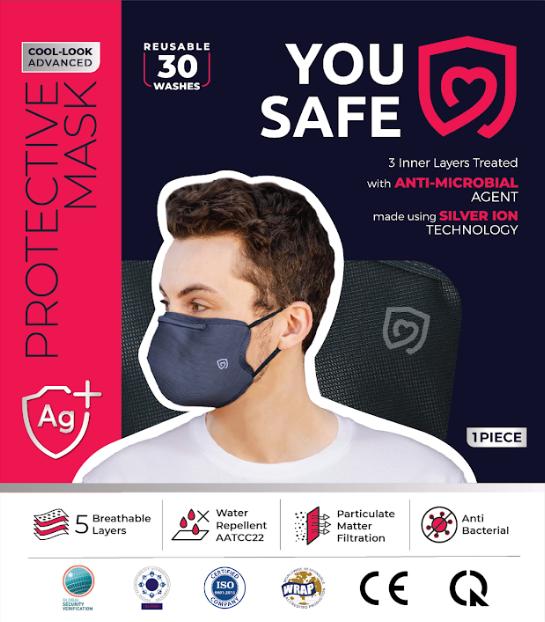
Table of Contents
How to choose an effective face mask
Layer up. Multiple layers of fabric are better than only one. More layers means less chance that viral particles will be able to pass through.
Consider the fabric. Some fabrics can filter out more virus particles than others. A general rule of thumb is that thicker, denser fabrics will do a better job than thinner, more loosely woven ones. Flannel pajama material, for instance, which has a tight weave, might be a good option.
Tea towels, antimicrobial pillowcases, and cotton-blend fabrics were found to be more effective at filtering out small particles than 100 percent cotton T-shirt fabric, a scarf, and silk, in a 2013 study published in 2013 in the journal Disaster Medicine and Public Health Preparedness.
You might want to use different fabrics for different layers of the mask, Sokolowski says. For the layer that will sit directly against your mouth, she suggests a comfortable, washable, tightly knitted fabric, such as polyester, nylon, or a spandex-cotton blend—think athletic clothes. This kind of fabric wicks away the moisture from your breath.
For the outer layer, good options include material from a high-thread-count bed sheet, a double layer of bandanna material, or cotton shirting fabric. The goal is something washable and tightly woven.
If you’re unsure how densely woven your fabric is, hold it up to the light—generally, the less light that gets through, the tighter the weave. Also, consider how worn the fabric is. A threadbare sheet or T-shirt might not be as good a choice as new fabric, says Timothy Sly, Ph.D., an epidemiologist and professor emeritus at the School of Public Health at Ryerson University in Toronto.
If you’re looking for a mask to purchase online, make sure you can tell from the product description that it meets the criteria above: multiple layers, made with tightly woven fabric, and washable. All masks should also be easy to secure, with elastic ear loops or ties.
Ensure a good fit. A mask should fully cover your nose and mouth, extending an inch or more past the ends of your mouth and wrapping under to “grab onto the bottom of your chin as an anchor,” Solokowski says. According to the CDC, it should fit snugly but comfortably against the sides of your face and should not interfere with breathing. If your face covers gaps on the sides while tied on, you can close the gap by adding a stitch to create a dart.
How to properly clean reusable face masks
Here’s what the CDC and experts say about how to properly clean reusable face masks.
What should I use to wash my cloth mask?
Soap and water will get masks clean, according to Reviewed.
“Warm water and any detergent you’re used to using at home should work great,” Dr. Gabriela Andujar Vazquez, an infectious disease physician and associate hospital epidemiologist at Tufts Medical Center, told the website.
You can hand wash or put the mask in the washer, the latter of which the CDC says should suffice to properly clean it. Then, you can let it air dry or put it in the dryer on the hot setting to help kill any potentially remaining particles.
Still, Carolyn Forte, director of the Good Housekeeping Institute Cleaning Lab, suggests all face masks be washed with hot water in the washing machine and dried on high heat, according to Good Housekeeping.
More delicate items, the magazine said, needed to be hand-washed for at least 20 seconds with warm or hot water before going into the dryer. It also notes that masks can be ironed on the cotton or linen setting for peace of mind.
How often should I wash my cloth mask?
The CDC says masks “should be routinely washed depending on the frequency of use.” But that leaves the door open for interpretation. Experts say masks should be washed daily, which means hand washing will likely be your go-to method.
“My recommendation would be to wash your mask every day,” Dr. Cassandra Pierre, an infectious disease physician at Boston Medical Center, told Reviewed. “If you’re using it and going out to run errands, you run the risk of having droplets collect on the surface of the mask.”
If you feel you may have been exposed to the coronavirus, however, extra precautions should be taken.
“If you’ve been out on the subway, for example, and someone sneezes on you, you might want to peel off that mask into a plastic bag when you arrive at your destination,” Pierre said. “It’s a higher likelihood that it could be contaminated and you don’t want to wait until the end of the day to wash it.”
Be aware, though, that if your mask becomes worn or frayed, you’ll need to replace it.
The key point to remember is that a simple mask is fine. In fact, the CDC’s mask recommendations include making one from a T-shirt, with no sewing involved, and another from a bandanna. And a bandanna is certainly better than nothing, notes Richard Wenzel, M.D., infectious diseases epidemiologist and emeritus professor of internal medicine at Virginia Commonwealth University in Richmond.
Fabric Mask – Reusable 4 –layer Protective Mask
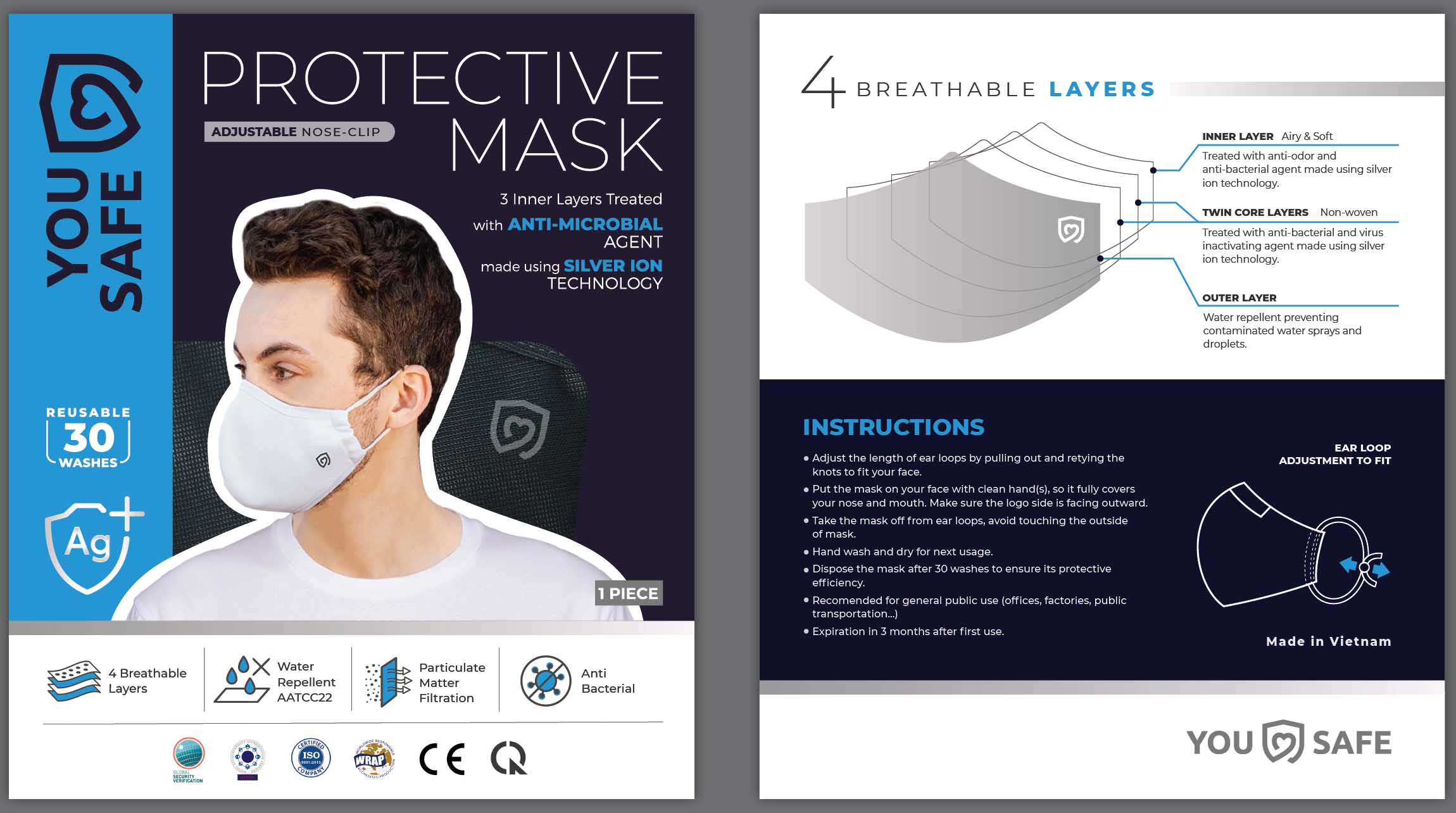
Thygesen offers you an advanced protective mask with multiple fabric layers treated with anti-microbial and virus inactivating agents made using cutting-edge silver ion technology.
With anti -bacterial and virus inactivating technology, Bee.Activ is able to inactivate some strains of viruses by degrading viral proteins. The active agent made using this technology has been applied in the USA, Canada, EU. Therefore, even if the contaminated organisms leak through the water repellent outer layer, they will be trapped and inactivated at the core layers, thanks to the treatment of the core layers using this active agent.
- Water Repellent Outer Layer – AATCC22 Standards to prevent droplets and airborne particulate matter, liquid sprays that carry bacteria, viruses, harmful substances from passing through.
- Anti-bacterial and Virus inactivating Technology: the Twin Core Layer and the Inner Layer are treated with the scientific proven Anti-Bacterial and Virus Inactivating Agent made using the Silver Ion Technology.
- Twin Core Layers with dust filtration ability.
- Adjustable Nose Clip to seal the nose bridge, preventing harmful airborne particulate matter and aerosols from penetration, and avoiding foggy glasses.
- Full Chin Cover to enhance protection from contaminated airborne particulate matter, aerosols in and out of the mouth.
- Reusable up to 30 washes while remaining anti-bacterial efficacy.
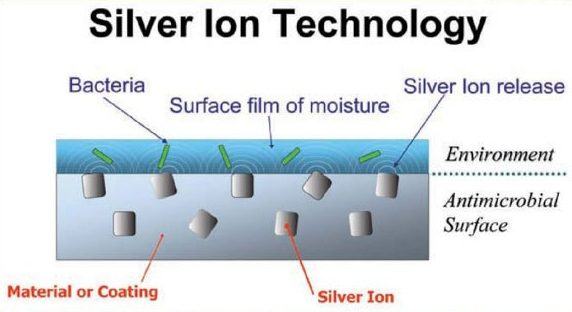
How Thygesen’s Protective Fabric Mask works
- Adjustable nose clip helps seal the nose bridge, preventing harmful airborne particulate matter and aerosols from penetration, and avoiding foggy glasses.
- FuII chin coverage enhances the protection from contaminated airborne particulate matter, aerosol in and out of the mouth.
- Twin core layers help filter dust, particulate matter.
- Water repellent outer layer helps prevent droplets, aerosols, liquid sprays that carry bacteria, viruses, contaminants from passing through.
- Twin core layer and inner layer are treated with the scientific proven anti- bacterial and virus inactivating agent made using the silver ion technology.
Product Specifications
|
BRAND MFG MFG CODE MATERIAL COLOR SIZE PACKAGE NET WGT |
BEE.ACTIV Thygesen Textile Vietnam FM02 – KN -KT03 Treated fabric White/ Dark grey M,L 1 unit per bag Size M: 20 g/unit Size L: 22 g/unit |
References:
- Kiersten Willis. MAY 21, 2020. Have a reusable face mask? Here’s how to wash it the right way. Retrieved from https://medicalxpress.com/
- Catherine Roberts. April 24, 2020. How to Choose and Wear a Mask During the Coronavirus Pandemic. Retrieved from https://www.consumerreports.org/

